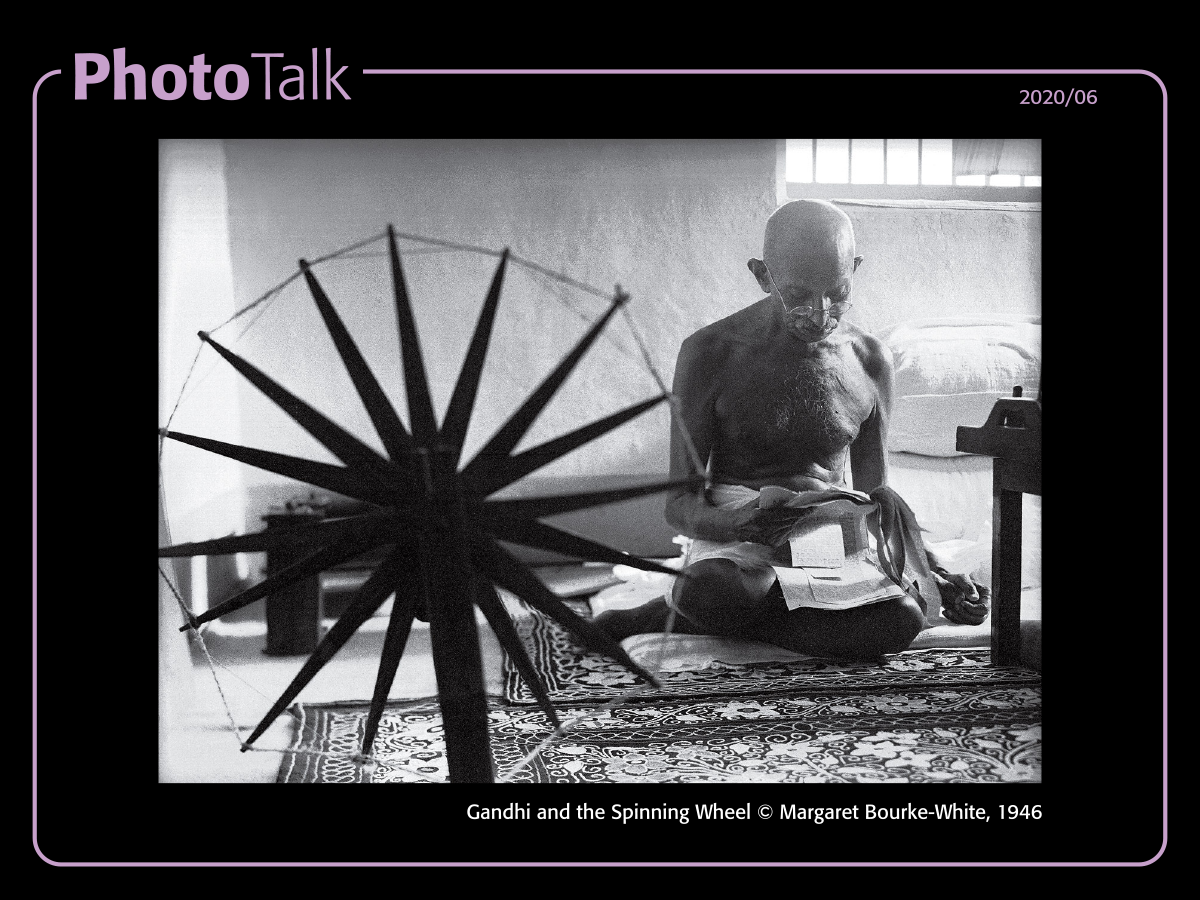PhotoTalk 2020/20
This weekend, some antic or the other had my daughter mentioning the “woman with the muscles” poster. This got me to thinking about the Rosie the Riveter Posters and the images during World War II, yes, before my time, but still relevant.
During times of conflict, times of dramatic change, photographs (and video) provide a record of people, events, environment, etc. The Rosie the Riveter campaign was responsible for women entering the American workforce in unprecedented numbers, and they were crucial to the war-effort (despite being paid far less than their male counterparts).
This post is not about Rosie the Riveter nor the campaigns and illustrations of that time, in our April 03, 2020 PhotoTalk #6, we spoke about Margaret Bourke-White, today we show another of her images taken during the war-effort, of women in the work-force. As an image it is powerful, and it should also be said that Bourke-White was one of the first photographers hired for LIFE Magazine and the first female war correspondent.
Even today, it is still a male-centric world, and seeing images like this impresses me, not because I can’t see women doing these things, but maybe because I don’t see it often enough.
So, what’s the importance of a photographic record, in journalism and in art, during times of change, such as our current time? What are your thoughts of the similarities or differences between photographers of different genders and the photos they produce? Lets Talk!
The original comments and discussion can be seen on the Guyana Photographers’ Facebook Group’s post.


